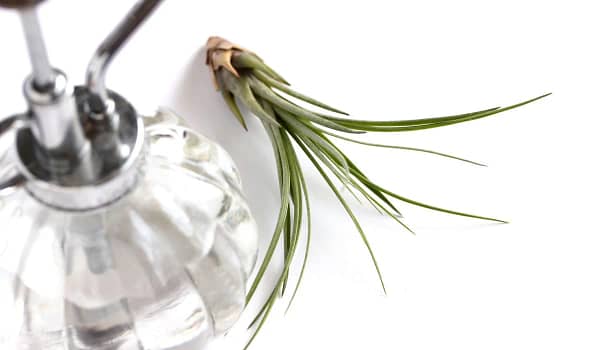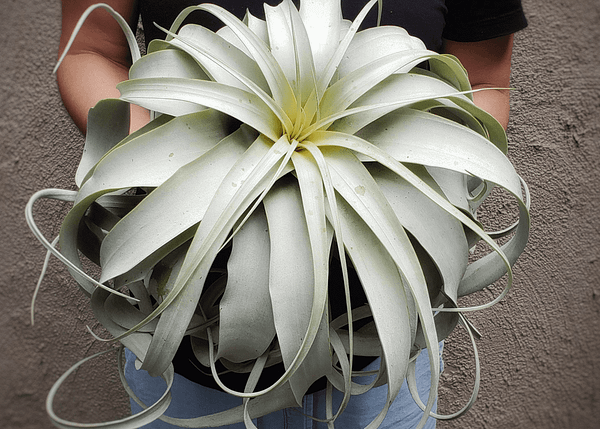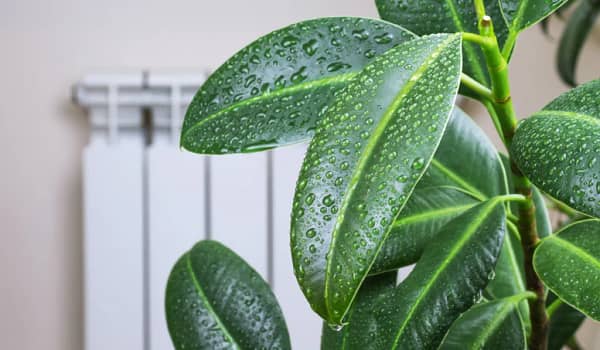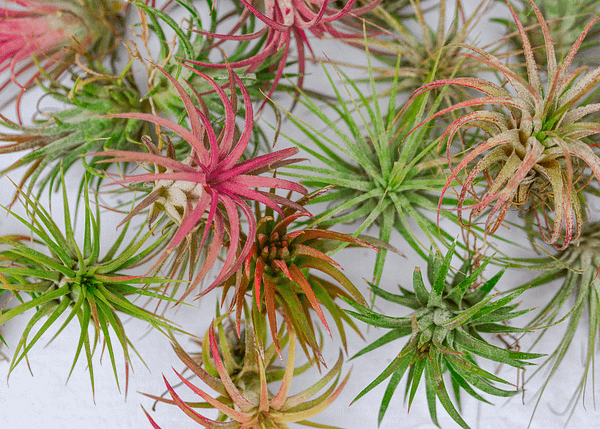All About Ficus Benjamina

Weeping Fig
The Weeping Fig is a popular indoor tree due to its size and stately appearance.
As a tree, it is one of the best oxygen-producing plants for the home. On top of that, trees filter out many chemicals and are great plants to improve air quality. Benjamina has been proven to remove formaldehyde from the air.
Ficus Benjamina is relatively easy to grow and a low-maintenance houseplant. Read on to learn our top tips and tricks to keep this ficus happy.
How to Care for Benjamina

Ficus trees are generally easy to care for and the Benjamina is no exception.
One of the biggest mistakes people make is not giving them enough light. In their natural environment, benjamin’s provide shade, not the other way around.
They need the best light you can give them so put them directly in front of your brightest window. They will thrive in bright light but can tolerate low/medium light.
Ficus Benjamina trees are
notorious for dropping leaves when their lighting changes but don’t freak out, this is normal. They will shed their old leaves that were adapted to the old lighting and grow new leaves that are adapted to the new lighting.
If you want to move your tree outside for the summer, move it slowly, foot by foot, over a one-month period. This way it has time to adapt to the changes in lighting and doesn’t burn. Do the reverse when bringing plants in for winter.
Potting Your Weeping Fig
The second and third biggest mistakes when potting ficus Benjamina are using a pot that is way too big and planting the ficus tree too deep.

The same is true for indoor trees, bonsais, and other houseplants, just on a smaller scale.
If you use a pot that is 2-3 inches larger than the root ball, that ficus tree will settle into its new pot and establish itself faster. Thus working on foliage growth instead of root growth.
However, if the pot is too big, the plant will spend all of its energy trying to grow a root system large enough to fill out the pot.
Ficus trees have very intricate root systems and they like for their top roots to breathe. They grow similarly to oak trees with top their roots caressing the ground.
Often when potting ficus Benjamina, people will cover these top roots with several inches of soil which in turn causes the plant’s health to decline.
Instead, the roots should be level with the top of the soil, the same as when planting a tree outside.
Once your ficus is large and the size you want it to be, you’ll need to stop potting your tree up every year or two. Instead alternate between top dressing, root trimming, a foliage pruning.
Check out our video of repotting a Fiddle Leaf Fig. Although it’s a different variety of Ficus, the potting technique is the same.
To Summarize
-
Ficus benjamina is native to Australia and Asia; however, it is grown as an ornamental in many tropical locations around the world.
-
Water when the top half of soil is dry. If the leaves start to get brown tips, increase watering.
-
Grows best in low-medium, indirect light. Morning sun can be tolerated if not too strong.
-
Use a well draining soil mix. An easy recipe is 1 part Orchid bark, 1 part compost and 1 part coconut coir. Alternatively, mix 1/4 Orchid bark into regular potting soil.
-
This plant thrives in humidity levels of 50% or higher.
-
Fertilize every three months during the growing season with Green Grub Insect Frass . You can either make a compost tea to water with every time or sprinkle a layer of fertilizer on top of the soil.
How to Propagate Ficus Benjamina

You can propagate ficus Benjamin by cuttings and/or air layering.
Follow these steps to air layer Ficus Benjamina.
-
Choose the branch you want to prune. Once finished, the branch will be cut back.
-
Use a sharp, sterile knife to cut a slit in the bark. Cut at a 45-degree angle, about halfway into the branch.
-
Remove any leaves from the
area and pack it with coconut coir or peat moss. I prefer coconut coir because it’s more environmentally friendly. Feel free to use rooting hormone on the cut if you want to speed up the process.
4. Wrap the moss in plastic and secure it with tape or ties. Check it every week to make sure it hasn’t dried out.
5. Wait for roots to grow. Once a good root system has developed, cut the branch and pot it. Make sure you don’t cut off the new roots!
Follow these sets to propagate Ficus Benjamina buy branch cuttings:
1. Choose a branch with at least 3 different branches coming off of it. It’s easier to root younger shoots than old wood.
2. Cut off the branch on the main branch, below the branches.
3. Place the freshly cut branch in a soilless mix for rooting. Feel free to use rooting hormone if you want to speed up the process.
4. Cover with a plastic dome or bag to increase humidity and keep the plant from drying out.
5. Keep soil moist but not soggy.
6. Give it a little tug in a month or two. Once you feel resistance when you tug, that means the tree has roots!
Purchase your own Ficus Benjamina here













1 Response
[…] Weeping Fig is an extremely popular indoor tree with many different varieties. It has been in cultivation for […]